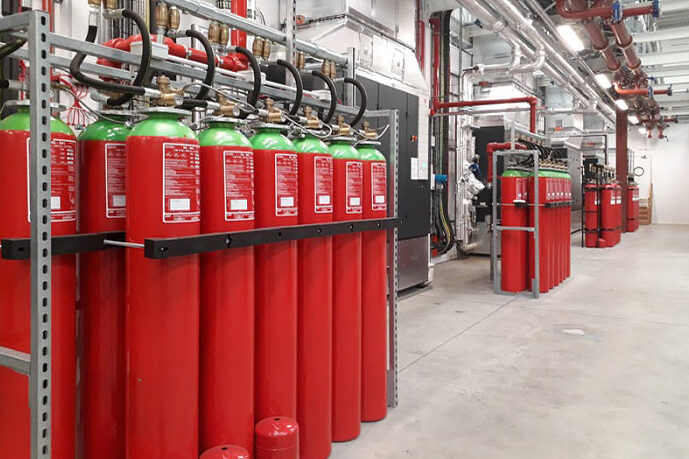
A Fire and Gas (F&G) system is an integrated safety system used to detect fires, flammable gases, and toxic gases and to initiate an automatic response. The products for these systems can be categorized into detection, control, and suppression
Fire detectors
Fire detectors trigger an alarm upon detecting the early signs of a fire, such as smoke, heat, or flames. Types include:
Smoke detectors: Include ionization and photoelectric (optical) types that detect combustion products in the air.
Heat detectors: Are triggered by a sudden rise in temperature or when a fixed temperature is exceeded.
Flame detectors: Use optical sensors to detect the ultraviolet (UV) or infrared (IR) radiation emitted by flames. The Honeywell FS24X is an example of a flame detector that uses WideBand IR technology.
Aspirating smoke detectors: Systems that actively draw air samples into a detection chamber for analysis.
Control and monitoring products
F&G control panels
F&G control panels are the central component of the system, receiving signals from detectors and initiating alarms or suppression actions.
The Autronica AutroSafe is a modular system that can be expanded with various communication and I/O modules.
The SA Fire Protection PLC control panels are designed to be integrated into larger industrial safety systems for on-shore and off-shore applications.
Notifier manufactures a range of intelligent fire alarm control panels that support a variety of detection devices.
Signaling and annunciation
These products are used to alert personnel of a hazardous condition once a fire or gas leak has been detected.
Alarm units: These include horns and beacons for audible and visual alerts.
Manual call points (MCPs) / Pull stations: Devices that allow personnel to manually initiate an alarm.